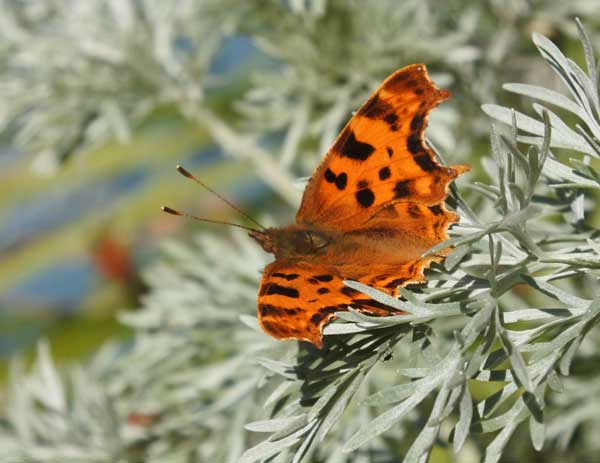The Butterfly and Moth Garden

The beating of a butterfly’s wings, it brings a smile to the face and suggests that perhaps all is right in the world. Quite possibly, as their presence is a key indicator of a healthy ecosystem. What about their shadier cousins, the moths? With over 2,500 species in the UK they far outnumber the butterfly’s, and have just as important a role to play. Just a handful have given these, often less colourful species, a bad reputation by nibbling holes in your favourite cardigan or frantically flapping their wings around the light fitting when it manages to find its way in through the only open window. Both act as plant pollinators and are an integral part of the food cycle in our gardens.
My top three plants for enticing butterflies to your plot are:
Buddleja davidii (any of the Buzz series are great as they are dwarf and barely top a metre in height),
Nepeta ×
faassenii ‘Junior Walker’ and
Geranium ‘Lilac Ice’.
The top three attractors for moths are:
Oenothera speciosa ‘Twilight’,
Nicotiana alata and
Lonicera periclymenum ‘Rhubarb and Custard’. All have evolved to be night scented plants to lure in their pollinators.
Why not see how much of an eco-system you have in your garden by doing a moth hunt? Hang a white bed sheet on the washing line and angle a bright torch towards it and wait. You can check out your findings here:
https://butterfly-conservation.org/sites/default/files/garden-moths-leaflet-a5-10pp-aw-march-2015-final.pdf
Or you could start creating a pollinator patch – just devoting one metre square of ground to plants that attract butterflies and moths. You can get some ideas here:
https://butterfly-conservation.org/sites/default/files/2018-07/ButterflyConservation_PollinatorPlots_AWK%20%281%29.pdf